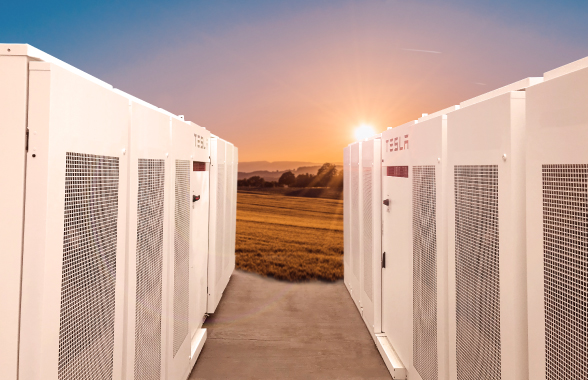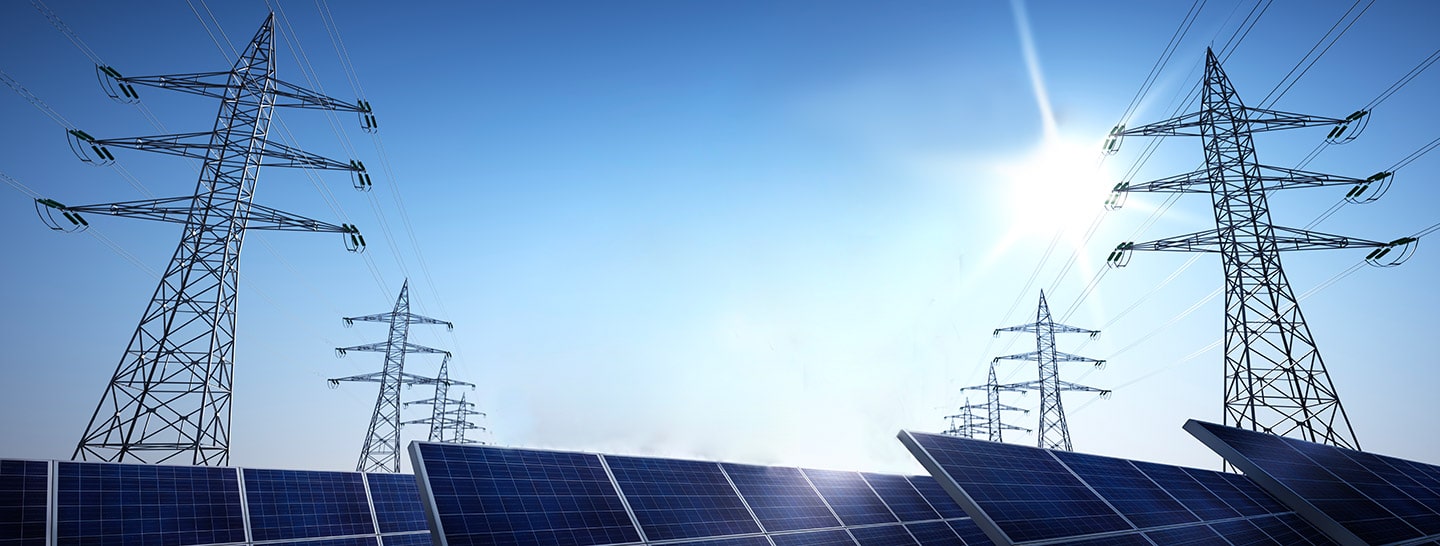
Enel X lithium-ion battery innovation projects


Through the technologies developed by Enel X, the projects presented under the second IPCEI represent our contribution to improving the sustainability and efficiency of storage systems and their integration into the power grid, encouraging a circular economy model that is in keeping with the aims of the Green Deal.
CEO of Enel X


Enel X was one of the first companies to focus on the enormous potential that the growth in the use of storage systems, combining technology, environmental sustainability and efficiency, represents.
CEO of Enel X
Enel X to accelerate energy transition towards a circular economy
The first project involves High Power Charging for electric vehicles. Specifically, a high power battery charger is a technology that aims to give an electric vehicle, or EV, the energy needed for several hundred kilometers with a charging time of just minutes. The Enel X project is focused on developing 350kW charging with integrated battery storage, which will be also able to supply services to the grid (as a comparison, a home charger typically deliver electricity at 7kW, while ultra-fast chargers are usually beyond 150kW). This project will use so-called second-life batteries for some pilot sites, a move that supports sustainability and the principles that lie behind circular economy approach.
As the popularity and desire for EVs soar, what to do with spent vehicle batteries is a priority concern. Powering a car or truck is tough on the battery. Extreme operating temperatures, hundreds of partial cycles a year, and varying discharge rates, all conspire to shorten a battery's useful life.
It is estimated that by 2030 some 60,000 tons/year of vehicle batteries will need to be disposed of in Italy alone. However, while no longer suitable for use in a vehicle, second-life batteries can still be employed in less-demanding applications, such as stationary energy storage.
The project also aims to support the decarbonization of transport through the greater penetration of e-mobility, and with it of renewables, by facilitating the integration of electric vehicles into the grid. It will also minimize the time it takes to set up charging stations, and take advantage of the falling price of energy storage by improving the economics performance of the charging sites involved.
Grid-scale power storage and recycling batteries

IPCEI and the European Battery Alliance
Enel X is a member of the European Battery Alliance, founded in 2017 on the initiative of the European Commission, together with EU country governments, the European Investment Bank and industrial stakeholders. In 2020, Enel X took part in the first Important Project of Common European Interest (IPCEI) on batteries, a sector that the European Commission sees as strategic. The first IPCEI saw the participation of 17 companies, including Enel X; at the second IPCEI, in 2021, 42 companies were involved - again, including Enel X. In March 2023, Enel X announced its participation in the third IPCEI project, this time in partnership with Italian electricity storage systems company MIDAC as well as with other Italian and European companies and research institutes, including ENEA (the Italian National Agency for New Technologies, Energy and Sustainable Economic Development).
In the context of this third IPCEI, Enel X and MIDAC will conduct R&D activities for the construction of Italy's first major lithium battery recycling facility for batteries used in electric vehicles as well as in industrial and stationary systems; once built, the facility will be able to transform spent battery packs back into raw materials.
More specifically, Enel X will be in charge of researching and developing cutting-edge technology that enables both automatic dismantling of lithium batteries and the processes for their recycling. Meanwhile, MIDAC - an Italian manufacturing company specialized in storage systems for the automotive, stationary battery and industrial traction battery industries - will be developing the entire lithium recycling process, at first on a pilot scale and then by building an industrial plant with an annual capacity of at least 10,000 tons. It is estimated that in Europe around 200,000 tons of lithium batteries will have to be recycled by 2030. Therefore, by sustaining efforts to develop a European lithium supply chain that is more circular, this project will help make the energy transition more sustainable, leading to less mineral extraction while helping reduce the industry's costs and environmental impacts.
With its participation in this third IPCEI, Enel X is helping lay the foundations for a new, sustainable and competitive battery industry that is able to support the development and growth of e-mobility while showing that it is at the forefront of energy circularity and the energy transition.








